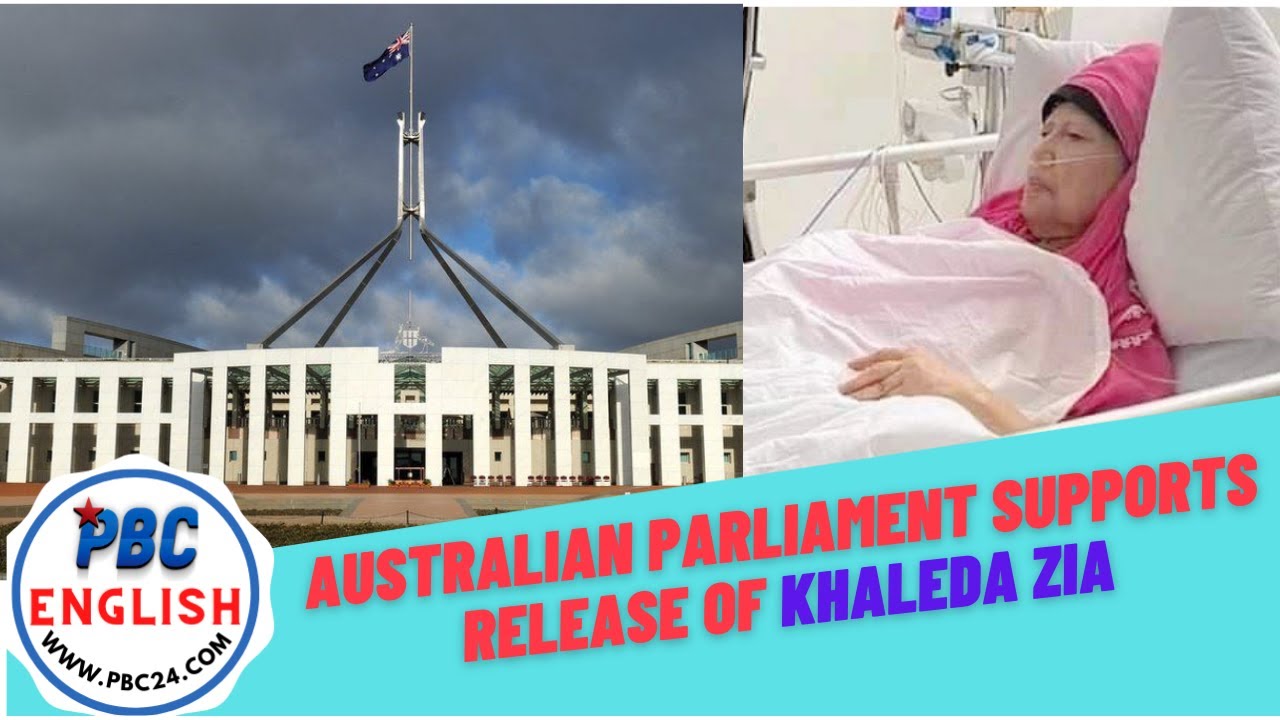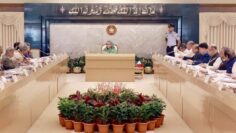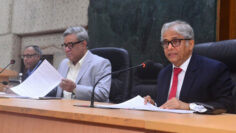
Pandemic, war threaten clean energy gains for poorest
The annual assessment of Sustainable Development Goal 7 (SDG7), which covers energy access, projected that 670 million people will remain without electricity by 2030, while 2.1 billion people will still lack clean ways of cooking.
“The shocks caused by COVID-19 reversed recent progress towards universal access for electricity and clean cooking, and slowed vital improvements in energy efficiency even as renewables showed encouraging resilience,” said Fatih Birol, executive director of the International Energy Agency (IEA).
Here are some of the reasons why it is a tough task providing the world’s poorest communities with the modern electricity and cooking fuels needed to curb harmful pollution and climate change – and what needs to be done to overcome the problem.
Where are efforts lagging on providing access to electric power?
The share of the world’s population with access to electricity rose from 83% in 2010 to 91 percent in 2020, the latest year for which data is available. The number of people who still do not have electric power has dropped steadily to 733 million in 2020.
But the rate of progress on electrification has slowed since 2018, the report said, mainly because of the complexity of reaching poorer communities in rural areas, especially in sub-Saharan Africa, and the effects of the COVID-19 pandemic.
Jem Porcaro, head of energy access at Sustainable Energy for All (SEforALL) – an international body that works to achieve SDG7 – said renewable energy providers in developing countries had largely managed to ride out the economic woes of the pandemic, thanks to relief funding from donors.
But supply chains for off-grid solar equipment had been disrupted and some poorer families struggled to afford new home systems and pay bills, he noted.


















